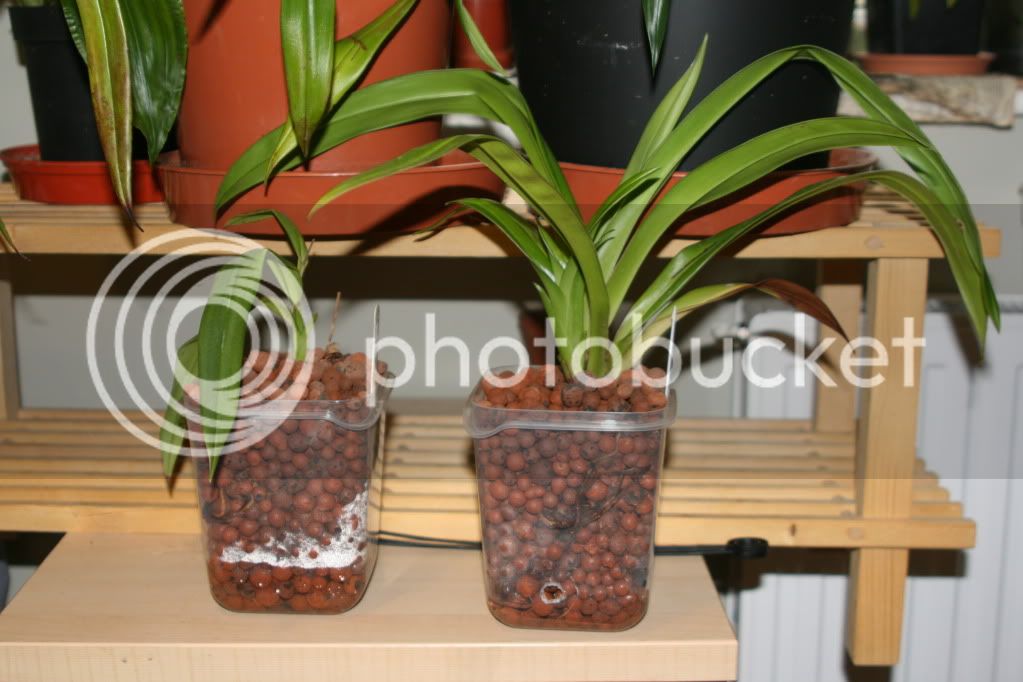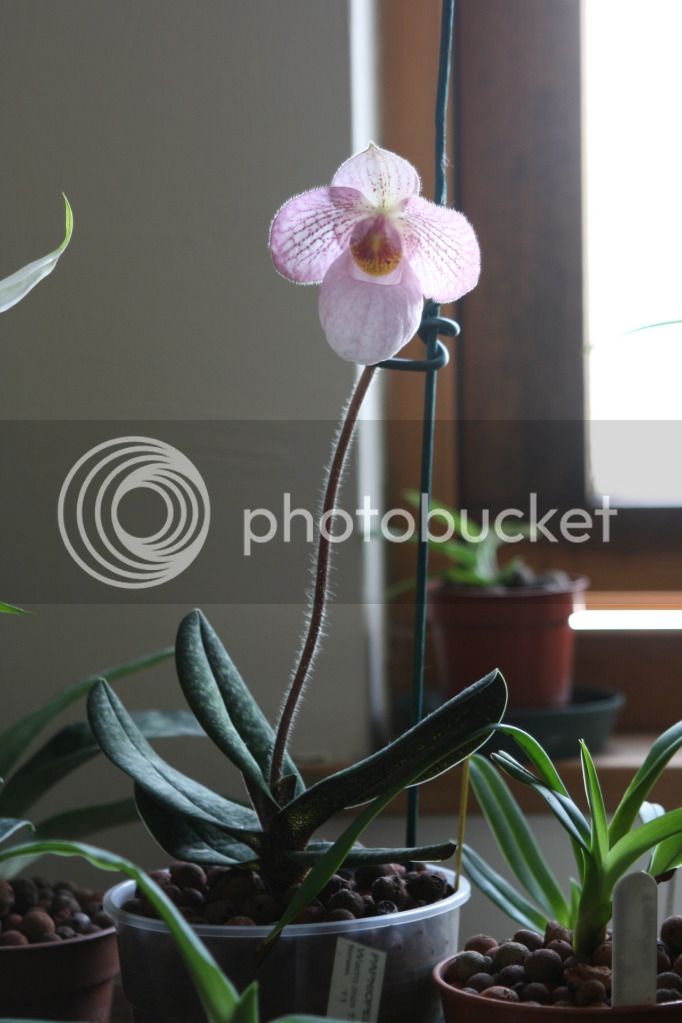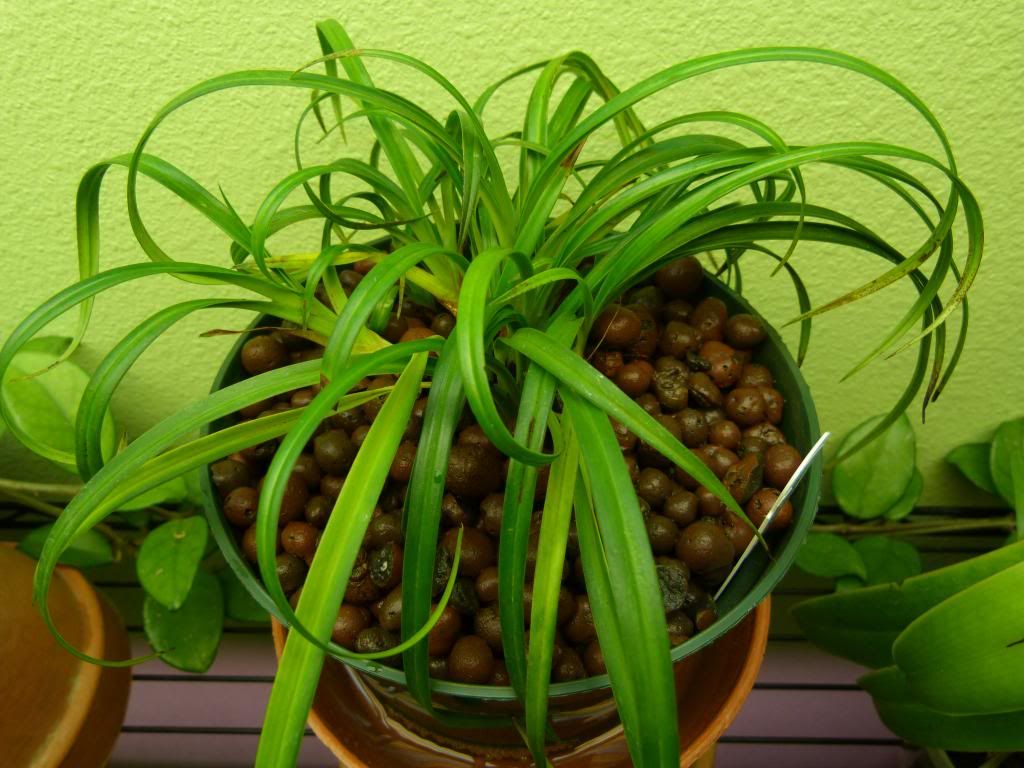Hi all,
Continuing my exploration of bark alternatives for slipper orchid growing I have decided to explore LECA next. One post from 2006 said:
Agra, hydroton etc... they are just LECA: light expanded clay aggregate. I can see, from http://www.slippertalk.com/forum/showthread.php?t=17757, that success is possible. Reading the older, first few threads on this subject there seems to be only problems and no real solutions.
So, what I would like to know is the following:
1. how was the mystery of the dying Paphs solved? (Lance you seem to have chased the problem from what I can tell from the various threads, what did you conclude?)
2. water retention: how frequently do you water?
3. fertilization: what ferts work well, which don't?
4. how often do you need to repot?
5. are you mixing anything else into the LECA?
6. is any pretreatment needed?
Continuing my exploration of bark alternatives for slipper orchid growing I have decided to explore LECA next. One post from 2006 said:
*I understand there was some acrimony around the issue of the new prime-agra and would appreciate it if we could have a friendly discussion and focus on LECA in general instead of opening old wounds.I've been using the new prime-agra* for quite some time now... and have come to one final conclusion... slippers friggin hate it. Almost every paph and phrag (except the wet loving phrags) rotted like crazy... Use the new stuff with extreme caution.
Agra, hydroton etc... they are just LECA: light expanded clay aggregate. I can see, from http://www.slippertalk.com/forum/showthread.php?t=17757, that success is possible. Reading the older, first few threads on this subject there seems to be only problems and no real solutions.
So, what I would like to know is the following:
1. how was the mystery of the dying Paphs solved? (Lance you seem to have chased the problem from what I can tell from the various threads, what did you conclude?)
2. water retention: how frequently do you water?
3. fertilization: what ferts work well, which don't?
4. how often do you need to repot?
5. are you mixing anything else into the LECA?
6. is any pretreatment needed?






